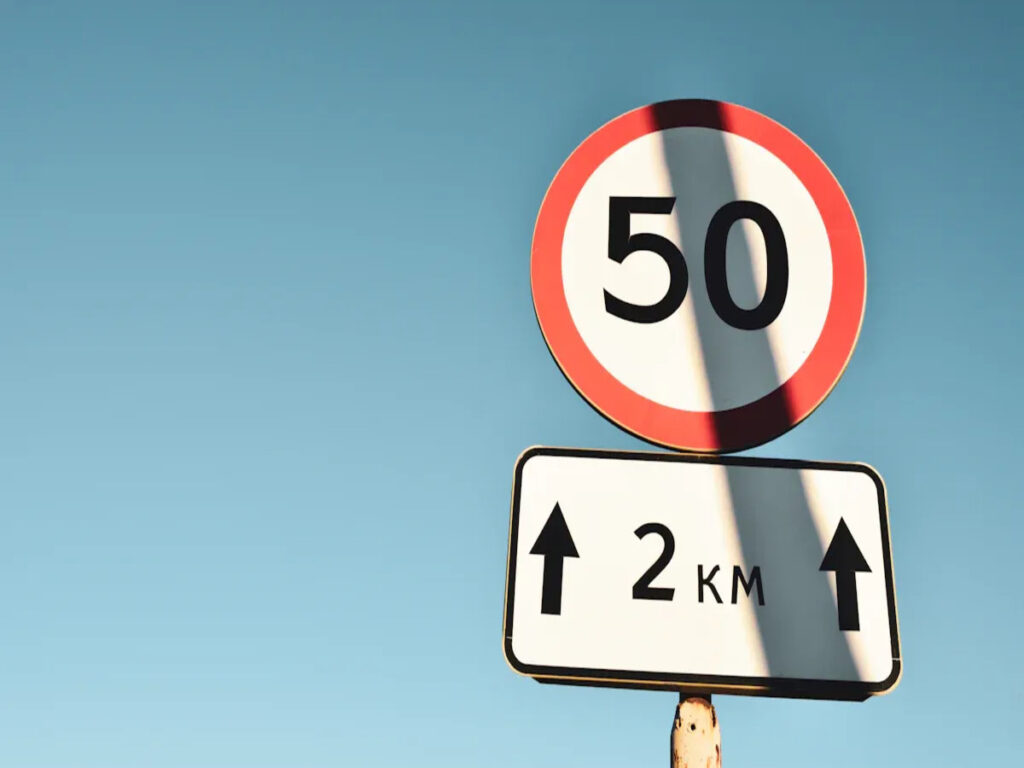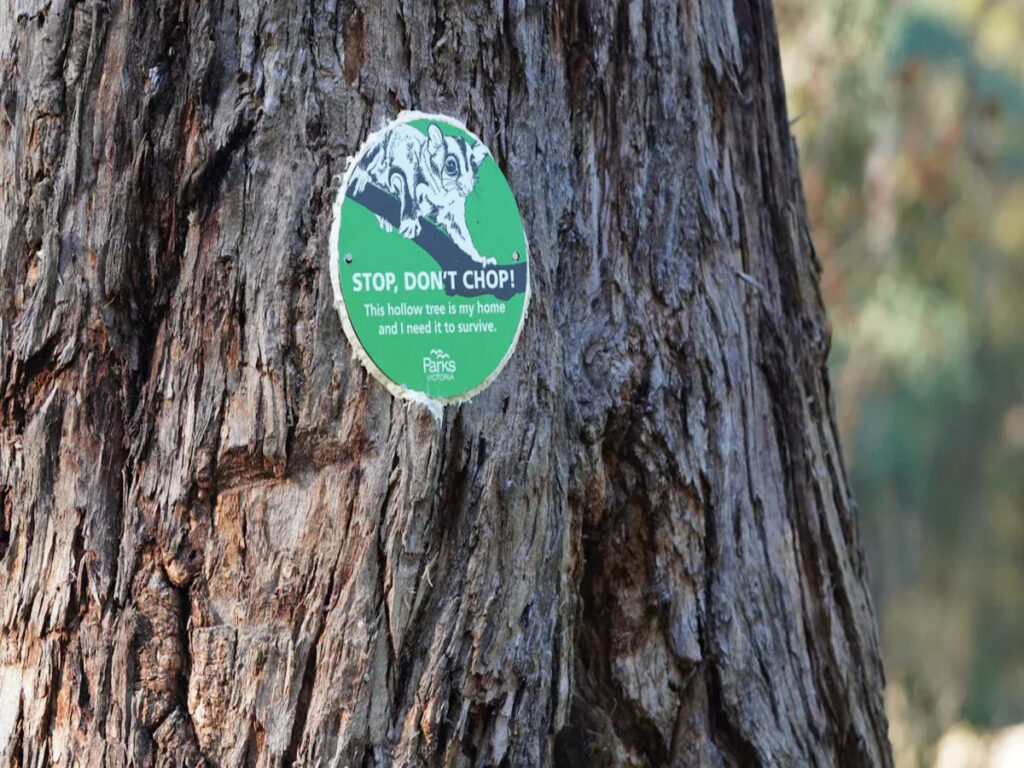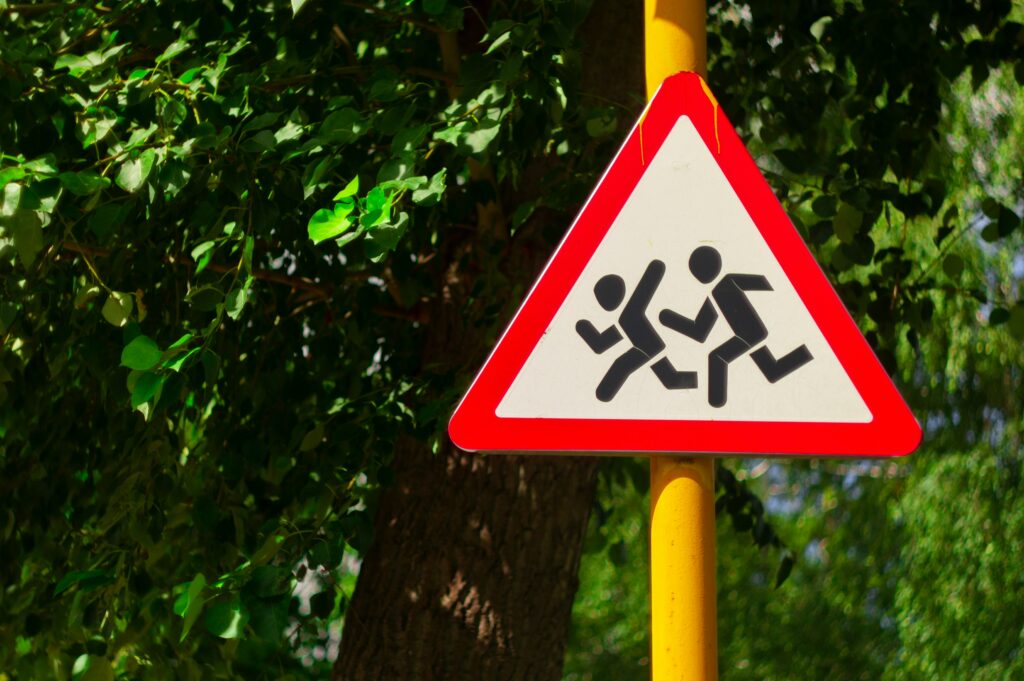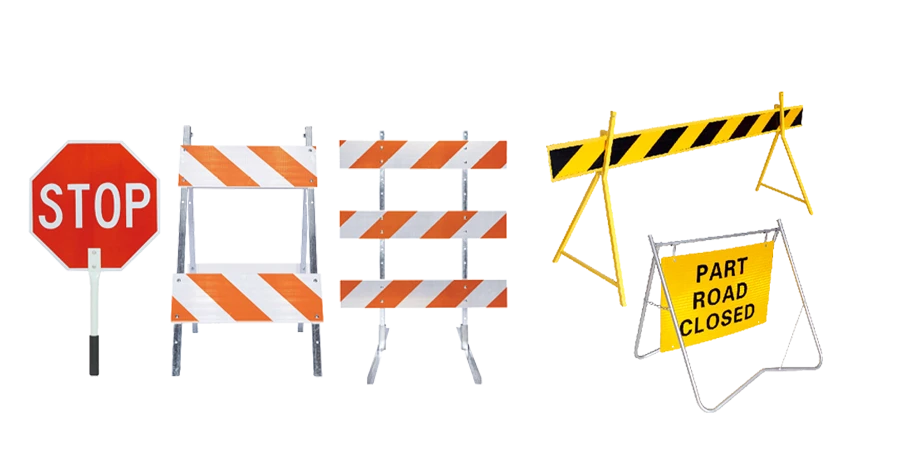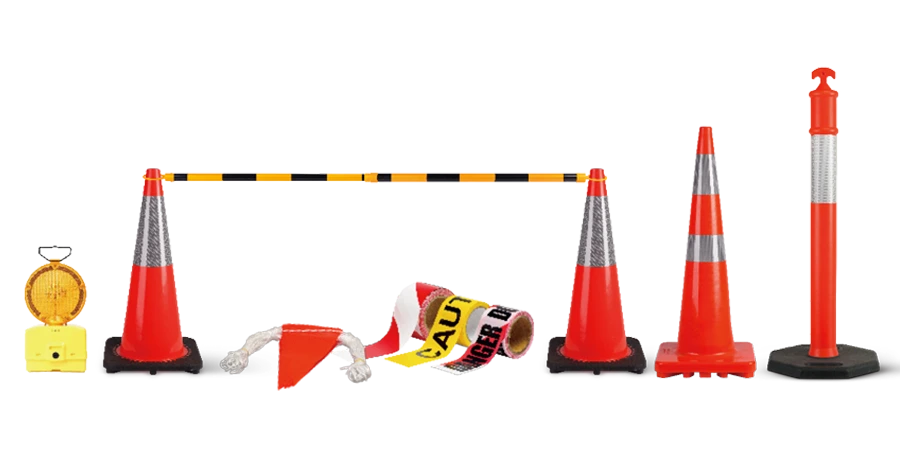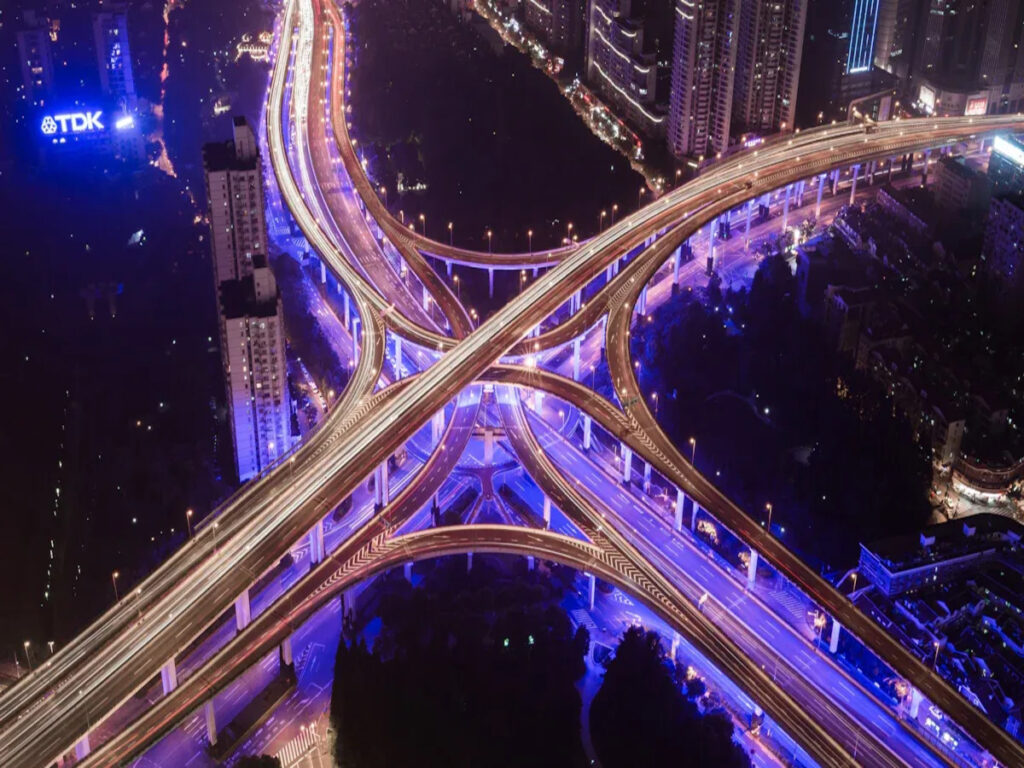
Traffic delineator posts are important for keeping roads safe and clear. They help guide drivers and lower risks of accidents. But old methods often focus on using more posts, not better ones. Today’s problems need smarter ideas. New tech, like smart traffic systems, can change how we manage traffic. These tools help control traffic in real-time and cut accidents by 40%. Using smart designs for traffic delineator posts makes roads safer and easier to use without too many signs.
OPTRAFFIC focuses on providing high-quality, durable traffic delineator posts for sale that ensure safety without overwhelming the roadway. OPTRAFFIC is designed to withstand the toughest conditions, providing clear guidance and reducing the chances of accidents. Whether you’re managing high-traffic zones or ensuring clear lane separations, OPTRAFFIC’s range of traffic delineators for sale offers reliable solutions that keep roads efficient and safe.
Key Takeaways
- Smarter traffic posts make roads safer by adjusting to real-time changes. They help drivers avoid crashes.
- Using fewer smart posts clears up roads. This helps drivers focus and drive safely.
- Eco-friendly smart posts last longer and need less fixing. This saves money and helps the environment.
- Smart traffic systems cost more at first but save money later. They also improve traffic control.
- Teaching people and having good rules are key for smart traffic systems to work well.
Problems with Traditional Traffic Delineator Posts
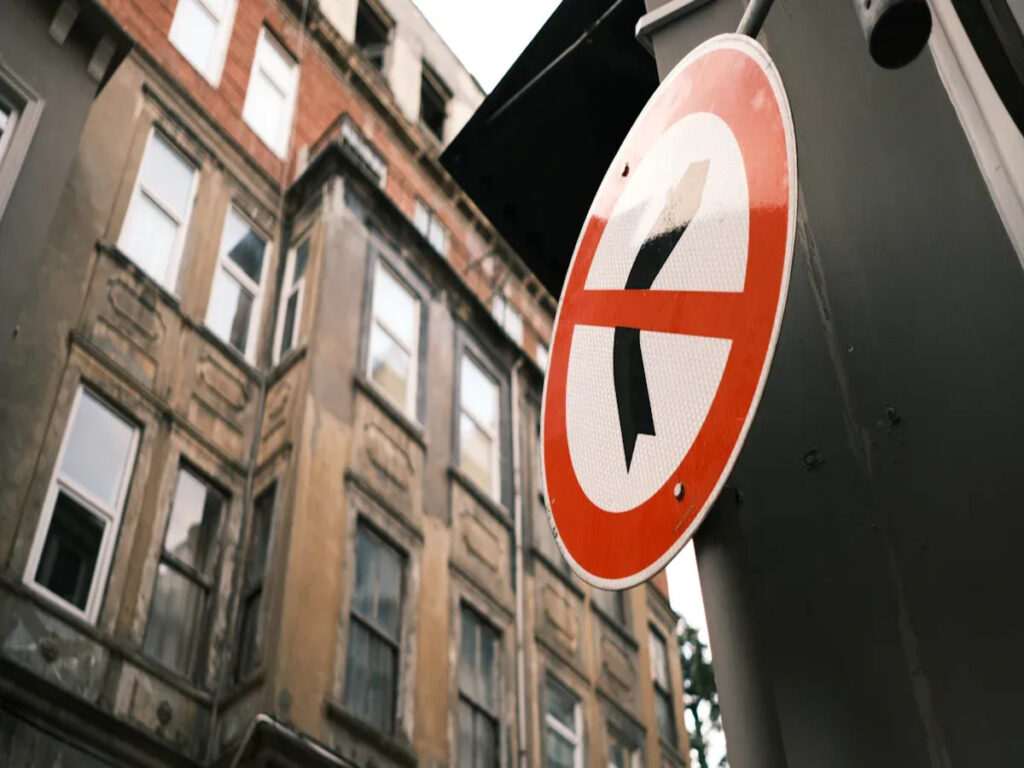
Too Many Posts and Driver Confusion
Seeing lots of traffic posts can feel overwhelming. Instead of helping, they might confuse drivers. Too many traffic posts make roads look busy and messy. This can distract drivers and slow their reactions. Confusion like this can lead to accidents.
Messy roads also make driving less enjoyable. Important signs can be hard to notice. Too many traffic posts compete for your attention. Using fewer, smarter traffic posts can fix this. They guide drivers clearly without causing distractions.
Environmental Issues and Maintenance Costs
Old traffic posts need regular fixing or replacing. Weather, crashes, and wear make them break over time. Fixing them costs money and creates waste. This waste can harm the environment if not recycled.
Most posts are made from plastic or metal. Making and throwing them away adds to pollution. Smarter, stronger posts last longer and cost less to maintain. They help save money and protect the environment.
Trouble in Changing Traffic Conditions
Old traffic posts work fine in steady conditions. But they fail in changing situations. For example, in tunnels or rural areas, digital signs often don’t work. Drivers miss updates about accidents or wrong-way cars. Old posts can’t adjust to these changes.
Smarter posts can adapt to real-time traffic needs. They show warnings or adjust visibility based on weather. This helps drivers get the right info at the right time. Old posts can’t do this, making them less useful today.
The Evolution of Smarter Traffic Delineator Posts
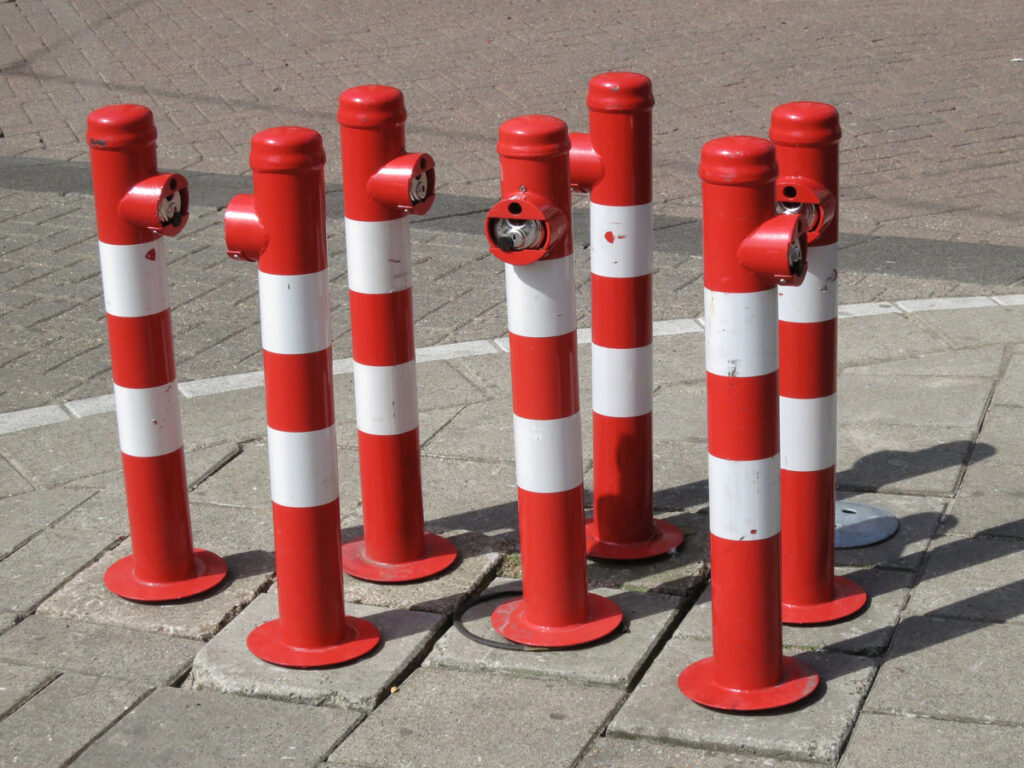
What Makes a Delineator Post “Smart”?
A smart post uses new technology to work better. Unlike old traffic posts, it changes with the situation. For example, it may have sensors to check traffic or weather. These sensors help the post give real-time updates to drivers. Some smart posts also have LED lights that change brightness. This makes them easy to see in fog or rain.
Smart posts link to bigger traffic systems. They share data about accidents or road conditions. This helps emergency teams act faster. These features make smart posts better for keeping roads safe.
Technological Innovations in Traffic Management
Technology has changed how we handle traffic. Smart posts are part of this change. They use tools like GPS and wireless signals. These tools help them predict and react to traffic. For example, a smart post might warn about a wrong-way driver. It can also guide you around construction zones.
Some smart posts use solar power. Solar panels make them energy-saving and eco-friendly. This lowers costs and helps the environment. These upgrades show how tech can make roads safer and better.
How Smart Delineators Address Current Challenges
Smart posts fix problems old posts can’t. They cut down on too many signs by using one smart post. This helps you focus better while driving. They also give real-time alerts during emergencies. For example, they warn about crashes or bad weather.
These traffic posts are stronger and last longer. They use better materials and save energy. This means less waste and fewer replacements. By solving these issues, smart posts make roads safer and more modern.
Benefits of Smarter Traffic Delineator Posts
Better Road Safety with Quick Adjustments
Smarter posts make roads safer by changing with conditions. They have sensors to check weather, traffic, or accidents. In fog or rain, they get brighter so drivers see them. They also warn about dangers like wrong-way cars or closed lanes.
These updates help you stay safe by avoiding confusion. Unlike old posts, smart ones act fast during emergencies. This quick response keeps everyone safer, whether in cities or on highways.
Easier Driving and Smoother Traffic
Smart posts make driving simpler. They replace many signs with one helpful post. This clears up the road and helps you focus better. When traffic is heavy, they guide you to faster routes.
They also work with systems to improve traffic flow. For example, they can change lane markings during busy times. By making driving easier and quicker, smart posts improve your trips.
Eco-Friendly and Cost-Saving Benefits
Smart traffic posts are better for the planet. Many use solar power, saving energy. They last longer, so there’s less waste and fewer replacements.
You save money because they need less fixing. They also cut pollution by reducing repairs and trash. Choosing smart posts helps the Earth and keeps roads safe and efficient.
Challenges in Using Smarter Solutions
Money Problems and Budget Limits
Switching to smarter traffic delineator posts costs a lot at first. Cities and towns may struggle to pay for these upgrades. Smart posts need special materials, sensors, and advanced tech. Small towns with tight budgets might find this hard to afford.
Fixing smart systems can also be pricey. They last longer but need special tools or experts for repairs. This makes it tough for local governments to spend money on them. But over time, fewer replacements and smoother traffic save money. These savings often make the high cost worth it.
Tip: Grants or teamwork with private companies can help cover costs.
Fitting with Old Traffic Systems
Adding smart posts to old systems isn’t always easy. New tech might not work well with older traffic lights or signs. These older systems may not share real-time data. This can make smart posts less useful.
Another problem is making them compatible. Cities use different traffic systems, and smart posts must fit all of them. If they don’t, drivers might get confused by missing updates.
To fix this, planners should test smart posts first. This helps ensure they work well with current systems before full use.
Teaching People and Getting Policy Support
Even the best tech fails if people don’t understand it. Drivers need to learn how to use smart delineators. If they don’t know what signals mean, the posts won’t help. Public campaigns or workshops can teach people about them.
Policies are also key. Governments need clear rules for smart traffic systems. Without strong policies, funding and progress can slow down. When people understand and policies support them, smart posts can improve road safety.
Old traffic delineator posts don’t work well for today’s roads. Smarter posts are needed to adjust to changes and keep roads safe. These new posts cut down on extra signs, help traffic move better, and are kinder to the environment.
Key Takeaway: Smarter delineators save lives, time, and money.
Using new ideas can make roads safer and easier to use. Governments, engineers, and communities must work together to make this happen. The future of traffic depends on choosing smarter and greener solutions.
FAQ
What do traffic delineator posts do?
Traffic delineator posts help drivers stay safe on the road. They show lanes, warn about dangers, and guide traffic. These delineators posts make driving clearer and prevent accidents.
How do smart traffic posts work?
Smart posts use sensors and lights to adjust to weather and traffic. They give live updates, like warnings about crashes or closed lanes. These posts link to systems to make roads safer and smoother.
Are smart traffic posts good for the environment?
Yes, many smart posts use solar power and strong materials. This saves energy and creates less waste. They last longer, so they need fewer repairs, making them eco-friendly.
Why don’t old traffic posts work well anymore?
Old posts can’t change with traffic or weather. They often crowd roads and break easily. Smart posts fix these problems by lasting longer and giving live updates.
Why should we switch to smart traffic posts?
Smart posts make roads safer and driving easier. They adjust to real-time changes, improve traffic flow, and save money. These features make them a smart choice for better traffic control


